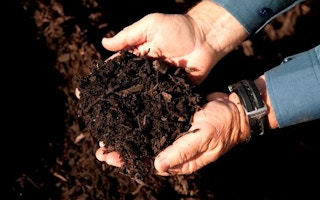The environmental legacy of your cup of tea comes down to where you drink it.
In many parts of Sydney, the leftover leaves are destined for landfill. But Liverpool’s tea leaves could soon be remediating a mine site; Penrith’s, topping a suburban playing field.
It is one of the small consequences of Sydney’s different approaches to household waste - in consumer behaviour and treatment methods - that become big ones when considered across more than 1.7 million tonnes of it.
Since 2009, the Liverpool and Penrith councils have sent some of their kerbside waste collection to an advanced waste treatment centre on Sydney’s fringe. About 20 of NSW’s 152 councils - and rising - send all or some of their waste to a handful of such centres across the state.
The $50 million Kemps Creek site, run by SITA Environmental Solutions, takes recyclables from domestic waste and produces compost from organic content.
Liverpool’s household waste, collected in the council’s red lid bins, is unloaded from garbage trucks into a huge shed-like building, where it is thrown onto a conveyer belt. Blades slash open garbage bags before these pass under magnets to remove iron-based metals like cans, and eddy currents - another kind of magnetic field - sort aluminium.
Cylindrical sieves sift and pick out organic material, which is left for weeks to decompose then sifted and refined further.
SITA’s stakeholder engagement manager, Gareth Jones, said the system did not replace the need for households to sort rubbish, but it was ”a bit of a safety net”.
Liverpool and Penrith councils have a three-bin system.
The centre processes Penrith’s green-lid bins for organic waste, which results in a higher grade of compost than that recovered from the Liverpool stream.
But Mr Jones said public awareness was still key.
”Some areas are not quite so good at what they’re putting in the bin,” he said.
The increasing cost and scarcity of landfill has been identified as the main incentive for such services.

















